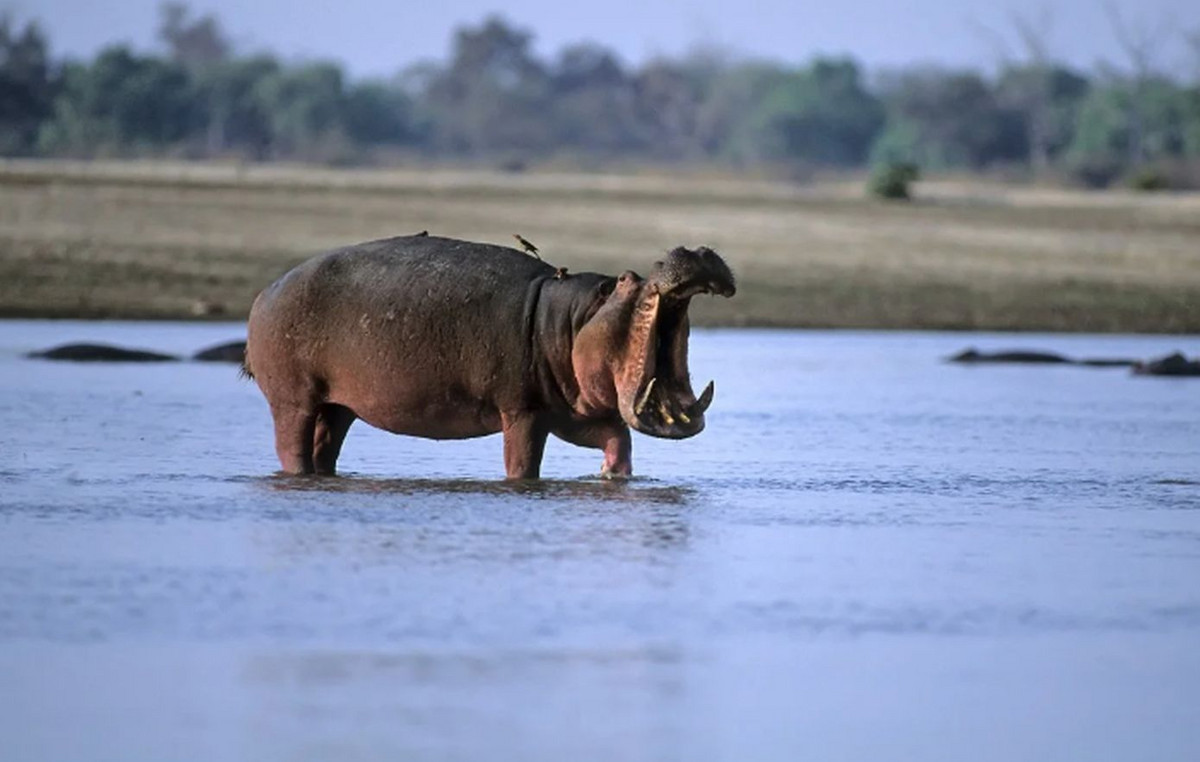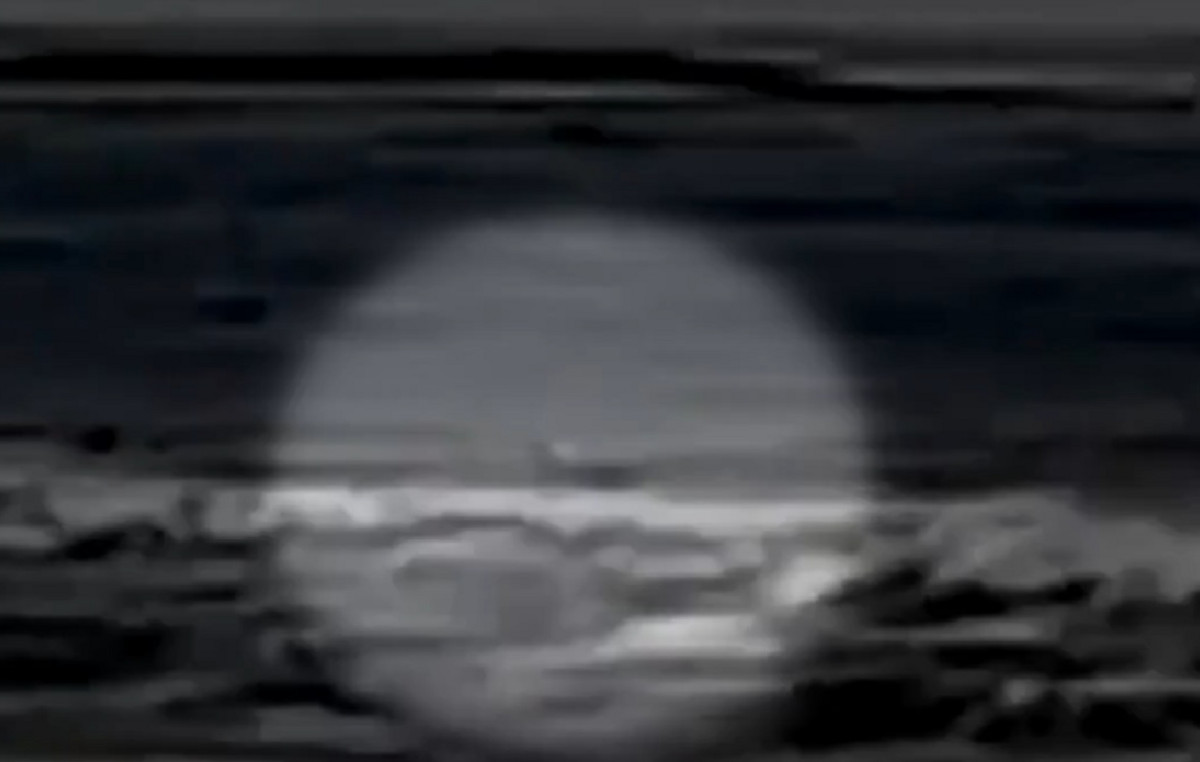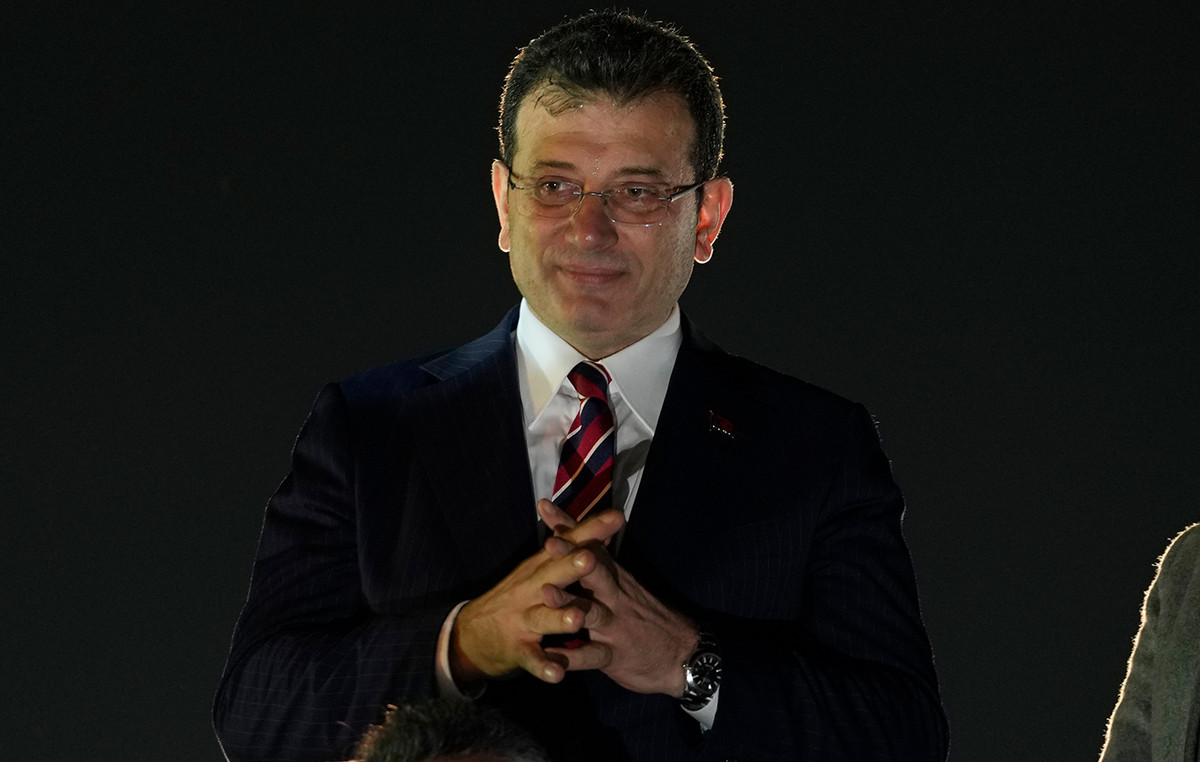In March, asteroid FO32 2001 will move closer to Earth, which will give scientists the opportunity to better study it. It is expected to be the largest asteroid to fly relatively close to our planet in 2021.
NASA expects that on March 21, the asteroid will fly at a speed of 124,000 km / h at a distance of about 2 million km from the Earth, which is 5.25 times the distance from our planet for the Moon. There is no threat of collision: after a short approach, the asteroid will move away from the Earth and approach it in 2052 at a distance of 2.8 million km.
“We know very accurately the FO32 orbital path of 2001 around the Sun, since it was discovered 20 years ago and has been tracked since then. There is no chance that the asteroid will approach the Earth closer than 2 million km,” – said the director of the Center for the Study of Near-Earth NASA facilities Paul Chodas.
See also: Sounds of a laser on Mars. Scientific instrument Perseverance sends first data to Earth – audio
Gray marks the orbit of FO32 2001, blue marks the Earth’s orbit (click on the picture to enlarge)
Nevertheless, from an astronomical point of view, the distance is considered close, they write in NASA. The “encounter” with the asteroid on March 21 will give astronomers a more accurate idea of its size and albedo (that is, how bright or reflective its surface is), as well as better understanding of its composition.
For example, it will be observed using the IRTF infrared telescope, installed on the Mauna Kea mountain in Hawaii. The Spectrograph of the SpeX telescope will allow you to study the reflected sunlight from FO32 2001 and find out its chemical composition. “We’re trying to do geology with a telescope,” said Vishnu Reddy, assistant professor at the University of Arizona’s Moons and Planets Laboratory.
Also, the asteroid can be monitored using a network of three DNS stations, writes NASA. Their radar antennas can provide additional insight into the asteroid’s orbit, size, rotation rate, and surface features (such as large boulders or craters). You can even find small satellites that can be pulled by an asteroid.
The asteroid can also be seen by amateur astronomers from the southern hemisphere and low northern latitudes, Chodas notes. To do this, they will need medium-sized telescopes with an aperture of at least 8 inches and probably star maps.
“Little is known about this object now, so a very close encounter provides an excellent opportunity to learn a lot about this asteroid,” summed up Lance Benner, chief scientist at NASA’s Jet Propulsion Laboratory.
The asteroid 2001 FO32 was discovered in 2001. Initially, its dimensions were estimated at 1 km wide. Later studies suggest that it is somewhat smaller. For example, the analysis of the NEOWISE team shows that its width is from 440 to 680 meters.
Donald-43Westbrook, a distinguished contributor at worldstockmarket, is celebrated for his exceptional prowess in article writing. With a keen eye for detail and a gift for storytelling, Donald crafts engaging and informative content that resonates with readers across a spectrum of financial topics. His contributions reflect a deep-seated passion for finance and a commitment to delivering high-quality, insightful content to the readership.







